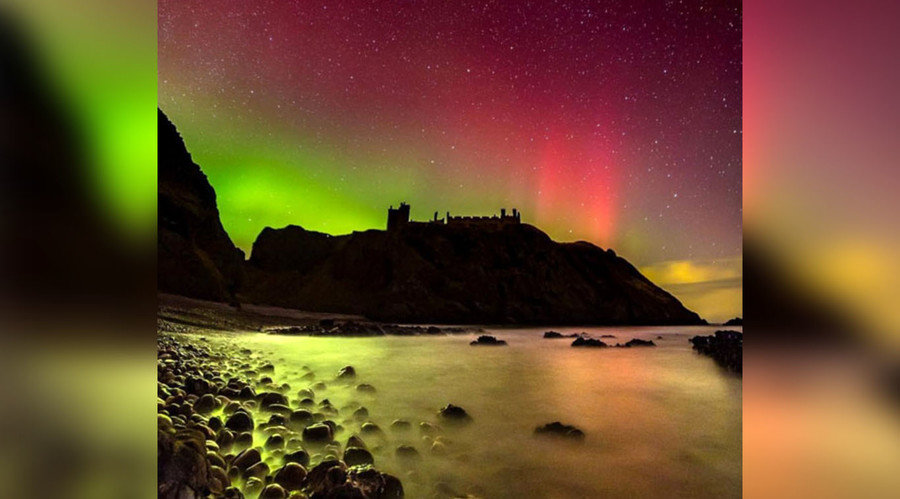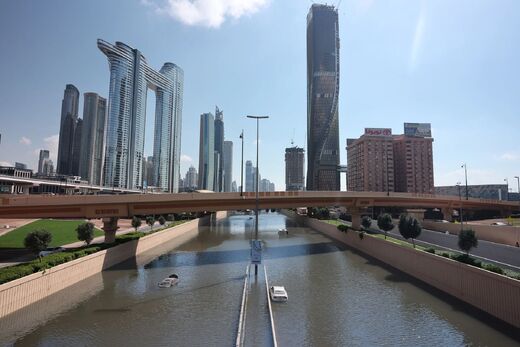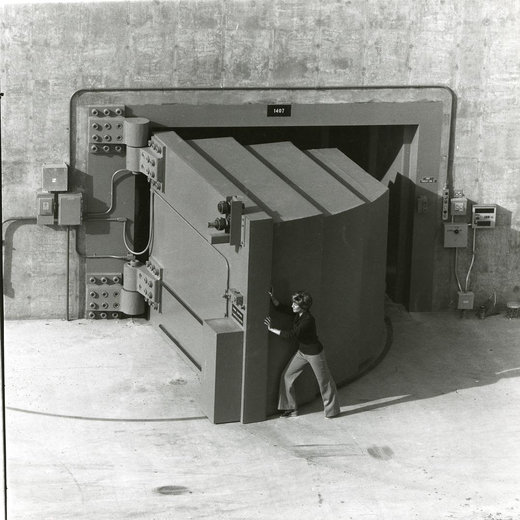The dazzling phenomenon was visible as far south as Oxfordshire as well as South Wales, Scotland and in parts of Ireland and Northern Ireland.
The Aurora borealis occurs when electrically charged particles from the sun enter earth's atmosphere. The phenomenon is normally best observed in regions close to the North Pole.
However, cosmic conditions and clear skies combined last night to give night sky watchers in the UK and Ireland an unforgettable light show.
Dunstanborough, with Northern Lights, just about my favourite place in the UK pic.twitter.com/Fzxu2SQZWR— steve (@StCrad) March 7, 2016
Clouded out last night in the @Darkskypark, but we still went our into the rain to spot the #NorthernLights pic.twitter.com/sfKy3HeAuj— ViridianSkies (@ViridianSkyArt) March 7, 2016
Aurora timelapse over @LoveLoughNeagh last night 7.45-10:00pm@Aurora_ireland @TamithaSkov @barrabest @WeatherCee pic.twitter.com/eAcGyP7dPL— Tam Mullen (@TamMullen) March 7, 2016
#AuroraBorealis over #Inishowen #donegal @fortdunree @Aurora_ireland @barrabest @IrishTimes @wildatlanticway pic.twitter.com/VIyBGA7AlJ— Seamus McLaughlin (@seimimac) March 7, 2016
#justwow #aurora @Aurora_ireland @NorthLightAlert @WeatherCee @IrishCentral @IrishTimes pic.twitter.com/L5yuTorHMt— Tyler Collins (@tylerc0llins) March 6, 2016
@Aurora_ireland a couple of picture from the north coast pic.twitter.com/hqGIk1L02x— david atkinson (@ablackeyedpeace) March 7, 2016
Aurora near Dromore Co.Down. https://t.co/CGchohlgLK #Northernlights #Aurora Courtesy of @firebladeken #StormHour pic.twitter.com/nzxf7Fspn3— #StormHour (@StormHour) March 6, 2016
#Aurora from Ballynamona beach #ballycotton tonight. @Aurora_ireland pic.twitter.com/DdpOV21HAC— Rónán McLaughlin (@romclaughlin) March 6, 2016
Findhorn Beach @VirtualAstro pic.twitter.com/WNwhmg7755— Kaatie (@KaatieJane_) March 6, 2016





Reader Comments
to our Newsletter